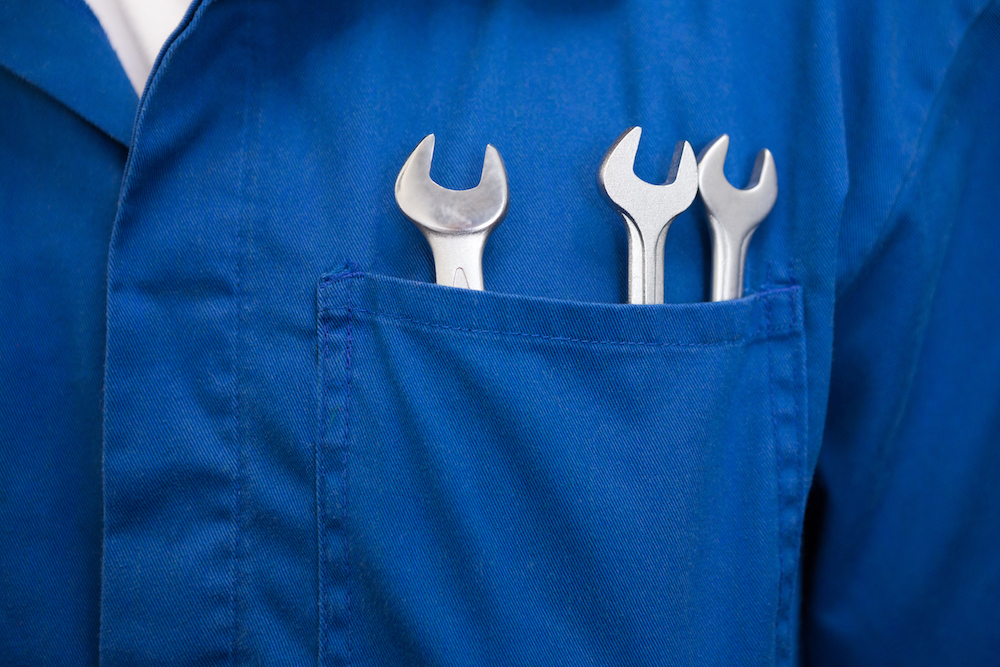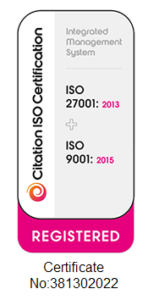Kitted Out: Why Equipping Your Staff with Good Tech is Crucial for Engagement
Productivity depends on many factors, including our workforce’s knowledge and skills and the quantity and quality of the capital, technology, and infrastructure that they have to work with. – Janet Yellen, US Secretary of the Treasury
Over the past year we have all experienced bad video conferencing.
Everyone has been on Zoom, Microsoft Teams or other calls where the speaker’s microphone is substandard, making the overall experience less enjoyable, and all too often people are too polite to say anything. It’s all part and parcel of the new world of remote working we’ve found ourselves in.
At Open Audience we’ve been addressing such issues within our own business by ensuring our staff are adequately equipped. We’ve been rolling out Internet backup systems for our staff members rather than expecting them to manage on their home broadband, which typically is not designed for business use. We sent out kit that has mobile built in so our teams can just plug in and enjoy a more consistent, reliable connection.
Unfortunately, even one year on, too many companies have not really given thought to the home working environment of their staff. It’s not uncommon for employees, particularly those living in large cities, to be working out of a small flat without the space to set up a home office or the tools to interact effectively with their colleagues.
Companies may not have thought through the logistical issues and ramifications for their employees, but, inevitably, poor-quality tools will affect performance.
We have found that if we have time for a discussion with a client a few days before a call, we can often help to resolve some of these issues. It might be a matter of suggesting to the company that they send some updated equipment to their staff, such as a better mic or mobile kits for connecting to meetings.
In one situation we were working with a client whose employees had been issued laptops which were not suited to video conferencing.The sound quality from these was poor; however, fortunately, the company had also given their employees good quality headsets with excellent mics.
We worked out that in Zoom meetings, users could take the headset off and put it in front of them to use as a higher quality microphone, yet avoid having to wear the headset during calls. This improved the sound quality 10-fold and since then the employees have been using their headsets this way for all calls. It’s all about experimenting and developing workarounds for a given situation.
While such solutions are manageable, I would argue that it on the responsibility of companies to invest in better equipment for their employees, given the enormous amount of time people have had to work remotely, and the likelihood that remote working will continue for at least the mid-term.
These businesses are saving massive amounts of money by not having people in offices. The cost of desk space in London is extremely high since it involves not just the rental costs but also security, power, cleaning, lighting, coffee machines, etc. If a business is not having to pay for office space for hundreds of employees, surely they can afford to invest in new, quality laptops and good microphones for their staff, all of which would be a fraction of the cost of maintaining offices.
We find that once we have the conversation with clients about enhancements in technology and general working space for their staff for a better meeting experience, there is a sudden realisation.
Many haven’t even thought about it or perhaps realised how poor equipment can affect engagement and productivity.
We have had situations where we say to the client, “You’ve got 10 employees attending this session, we know the mic they will need, the right green screen to use, and the lighting for a better experience, we’ll just send it to them via Amazon.”
They have responded extremely positively because it removes the problem, they don’t have to approach their IT department and the costs are rolled into the event budget. Furthermore, it’s a net benefit to the company over the long term because they can still use that high-quality technology for all their Zoom calls.
Improving the remote working experience involves a combination of having a partner that can offer the necessary support and advice, as we have been doing for our clients, and getting companies to invest in their remote workforce for better engagement and improved virtual interactions.
James Templeman is the Technical Event Director for Open Audience, with an extensive background in the live event streaming and production industry. His expertise spans production management, vision mixing, post-production as well as broadcast camera operation skills. His industry experience includes BBC Worldwide, HSBC and CapGemini, as well as central government departments and broadcasters. His live event experience includes productions at the Royal Albert Hall, Excel London and Earl’s Court.

